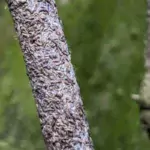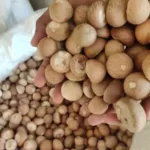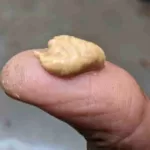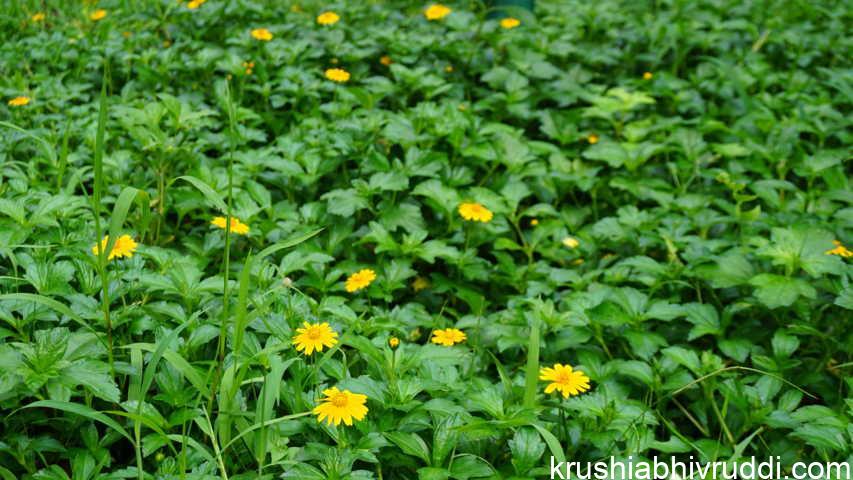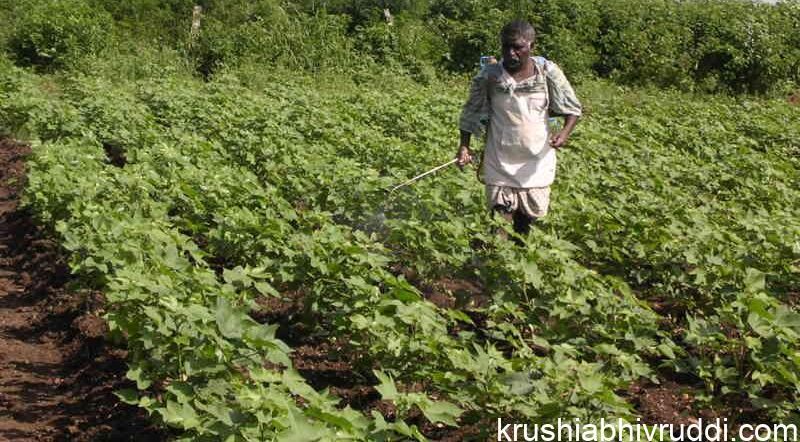Soil solarisation is the novel technique in safe and effective weeds control , soil born disease and pests management. It is harmless.
The impact of pesticide use on the environment is now well documented and a more wide spread adoption of integrated weed management strategies and tactics recommended in sustainable agriculture systems. This hydrothermal process occurs in moist soil which is covered by a transparent plastic film for 4-6 weeks and exposed to sunlight during the warm summer months. The practice was first reported from Germany in 1888 and was first used commercially in USA on 1897. Soil propagules, as weed seeds, offer a wide range of tolerance to high temperatures, conditioning the long term success of weed control by solarization. It seems probably that not only harmful organisms, but also beneficial organisms are killed by using soil fumigants for soil disinfestations.
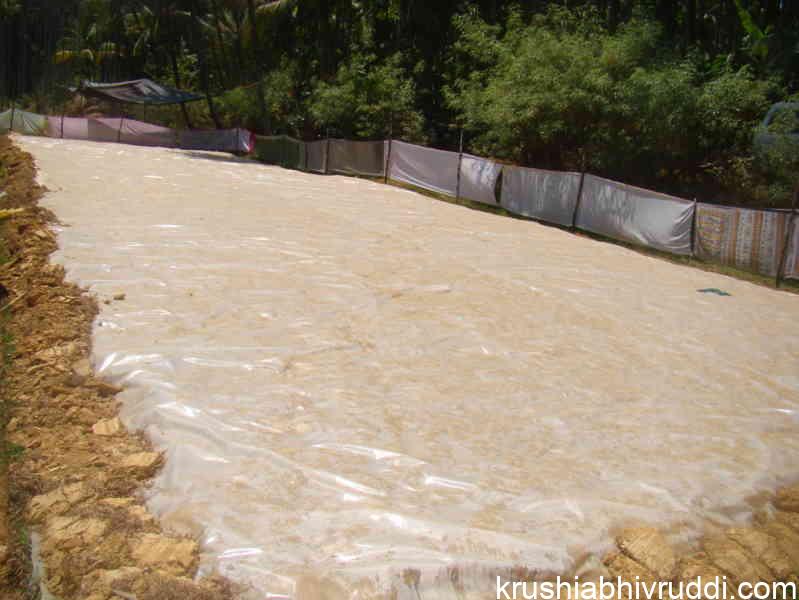
solarization why?
- Solar heating involves the use of heat as lethal agent to kill the pathogens, pests and unwanted weeds by capturing solar energy using transparent polythene soil mulches.
- The thin polythene mulch allows the maximum transmission of solar radiation through moist soil and reduces moisture loss from soil through evaporation.
- Increase in soil temperature was achieved through improved heat conduction within the soil owing to its higher moisture levels.
- The principle behind the soil solarization is enhancing the diurnal heating and cooling cycle of the soil.
SOLARIZATION AND ADVANTAGE:

- The soil solarization method for weed control is similar to principle of soil steaming.
- Soil preparation the area to be solarized should be levelled and free from large clods of soil or plant debris.
- Soil moisture constitutes a critical element in the success of soil solarization.
- Appropriate soil moisture (exceeding 60-70 per cent of field capacity) increases sensitivity of target weeds and organisms to heat and improves soil heat conductivity.
SOLARIZING SHEETS:
- Major factors affecting the efficacy of plastic cover used for solarization are mainly plastic type, transmittance, width and color.
- Low density transparent plastic mulch is considered as ideal because it transmits maximum solar radiation and reduces the escape of heat from the soil.
- Soil covering: The entire field is covered with plastic film and the edges are buried in the soil to the depth of about 20 cm.
Effectiveness of solarization:
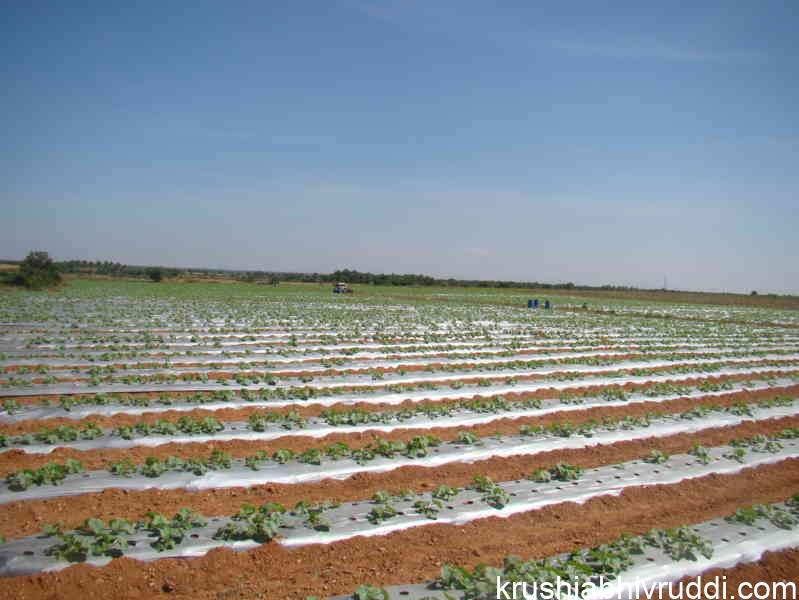
- Effectiveness of solarization is influenced by certain characteristics of three major elements, namely, the solar energy, the plastic cover and soil characteristics.
- The following steps should be taken to increased effectiveness of soil solarization:
- Solarization in closed green houses.
- Use of double layer plastic cover- The air layer between the two sheets provides insulation against escape of heat, moisture and volatile gases from the soil. This treatment leads to an increase of 3-100 C over the single layer cover.
- Addition of soil amendment with organic matter prior to plastic tarping.
Benefits and limitations of soil solarization:
- The primary advantage of this method is non-chemical management of weeds and soil borne pathogens.
- In addition to the lethal effects of radiant heat energy on weed seeds and other pests in the soil,
- solarization may increase crop yields through biochemical and biophysical changes which occur in the rhizospheres, especially in relation to nutrient availability.
- The method is simple, safe, effective and not too costly, leaves no toxic residues, and does not harm the environment.
Limitations of the methods are:
- Certain unfavourable environmental conditions.
- Non cropping for a relatively long period, especially in areas of summer cropping.
- Shortage of supplementary irrigation water during solarization.
- Survival of weed seeds deeper in the soil.
- Pollution of plastic residues resulting from the treatment.
- Lack of adequate machinery for large scale soil mulching.
Authors: Dr. Nandini K. M, Dr. Kiran Kumar, Dr. Srinivas B.V, Chaithra C. M, Nisarga H.S, Bindu N.

